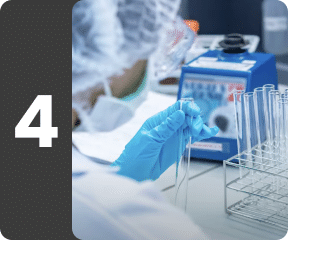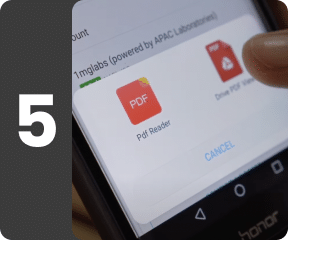Content created by
Estriol Unconjugated near me in Ahmedabad
(E3)
This test is for
Male, Female
Earliest reports in
72 hours
Test Preparation
Understanding Estriol Unconjugated in Ahmedabad
What is Estriol Unconjugated in Ahmedabad?
Unconjugated estriol (uE3) is a form of oestrogen (hormone) produced by the fetus (unborn baby) through metabolism. Estriol levels are used to determine birth defects and chromosomal variations in babies. Estriol is ejected from the placenta (an organ acting as the protective covering for the fetus) into the mother’s blood, and measured as unconjugated uE3. This test is mainly used for diagnosing Down syndrome.
A blood sample is shared with the lab for analysis. There are no specific risks involved in taking this test, and it is considered one of the best ways to analyse an unborn baby’s health.
Book a Estriol Unconjugated test at home near me

Easy online booking
Search for tests and packages, book a time and select address for seamless at-home lab tests.

Live tracking of phlebotomist
Stay informed with live tracking of our phlebotomist's location for seamless sample collection.

Safe collection
Our phlebotomists follow strict safety protocols to collect samples at home on time.

Sample received at lab
Your sample is bought to our laboratory for testing by our qualified experts.

Quick reports, free follow up
Reports are sent to your email. A free doctor follow up is provided to understand the report better
Other tests

Popular tests in Ahmedabad

Similar tests in Ahmedabad

Popular tests






